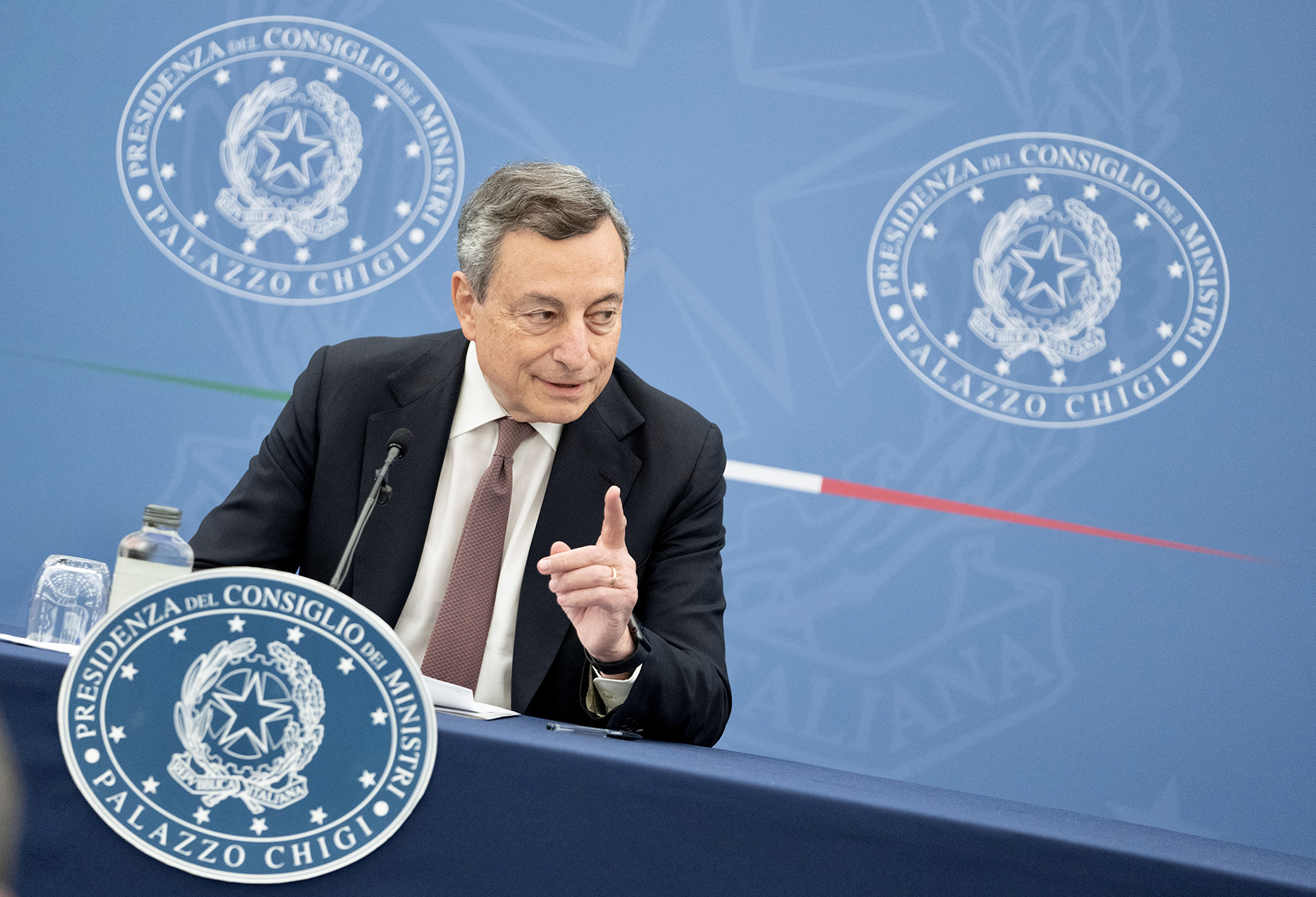What will Mario Draghi do with the citizenship income?

How much does the citizenship income cost and why it is a question for the Draghi government to address. Alessandra Servidori's article
The Citizenship Income (RdC) is the most consistent measure to combat poverty in recent years, both in terms of people involved and in terms of amounts paid. Established by the decree-law n. 4 of 28 January 2019, in the event that all members of the nucleus are 67 years of age or older, or if the family unit also includes people under the age of 67 in a condition of serious disability or non self-sufficiency , the measure is called a Citizenship Pension (PdC).
So be careful to carefully study the data that INPS and Istat as well as the Court of Auditors have produced, obviously referring to 2020 monitoring the measure. Attention: the Citizenship Income / Pension involved a total of approximately 1.6 million households, equal to just under 3.7 million individuals; they are households with an average of 2.3 members, since it is in line with the national average values for the period 2018-2019 on family composition published by ISTAT.
The highest incidence, as regards households, was recorded in the southern regions (60%), compared to the Center North. Despite this, Lazio, with 10% of the beneficiaries, and Lombardy, with 9%, played an important role in the distribution of beneficiaries.
The Citizenship Pension reached 156 thousand families (10% of the total) and 178 thousand individuals. The highest average monthly amounts are those recorded by beneficiary families residing in the South (599 and 263 euros, respectively for the RdC and PdC), while the lowest ones are present in Northern Italy (499 and 234 euros, respectively for the RdC and PdC). This depends on the fact that the policy offers a supplement to the family income and therefore the integration is higher where the average incomes are lower.
The analysis on the components of the households receiving the benefit shows that 52% are female, 86% EU citizens, 64% resident in southern Italy and 29% are people under the age of 20 ; among the latter, 962 thousand are minor.
In the meantime, the Guardia di Finanza carried out investigations and found several not entitled to rights, the last of which 117 in Bologna and not even residents. It should be remembered that with Legislative Decree number 41 of 22 March, in fact, new resources for a total of 1 billion were introduced on the 2021 citizenship income due to the growth in applications but also the suspension of the check for those who find the fixed-term work for six months; but also the allocation of 61.2 million to extend the contracts of navigators, a professional figure introduced precisely to strengthen employment centers and allow beneficiaries to find work but who did not produce the expected results certainly due to the inertia of ANPAL, an agency directed until recently by a certain Mimmo Parisi now resigned from the disastrous role by the current Minister of Labor Orlando.
We take into account that 2020 ended with a growth in applications for access to citizenship income: as regards December, INPS registered 1.25 million households benefiting from Citizenship Income / Pension, with 2.9 million people involved and an average amount of 528 euros. In 2019, since its entry into force in March, the requests for the DRC were 1.64 million (1.1 million beneficiaries, for 2.7 million people involved). In 2020, 1.46 million families requested it (1.6 million beneficiaries, for a total of 3.7 million citizens helped by the subsidy).
In the first 6 months of 2021 alone, another 798 thousand households requested the Citizenship Income. The average amount disbursed has grown over time, from € 492 in 2019 to € 548 today. The Unimpresa Study Center, taking into consideration the three-year period 2020 – 2022, has identified the amount of state funds that will be used to finance it.
Well, according to the Unimpresa report, if everything stays as it is, the Citizenship Income in the three years will cost 26 billion euros to the Treasury. Surely the citizenship income needs a reform: too many times, however, designed to defeat poverty and help reintegration into the world of work, it ended up in the pockets of people who were not entitled to it. In recent months, it has not even been possible to place the beneficiaries in socially useful jobs (which in many cases would have been very useful just while the pandemic was on).
But a new condition would be desirable to which all beneficiaries of the citizenship income should be subject to continue to receive it. The subsidy must be linked to training courses and personal retraining and we must certainly reverse the course: we were the only ones in the world to conceive a single rule for poverty and unemployment and what is even more serious this choice has led to the interruption of the construction, which is difficult for charity, of universalistic active policies. All legislation has become income-centric.
This is a machine translation from Italian language of a post published on Start Magazine at the URL https://www.startmag.it/economia/mario-draghi-reddito-di-cittadinanza/ on Fri, 27 Aug 2021 05:25:50 +0000.
